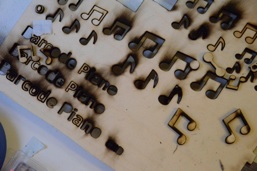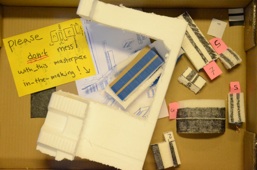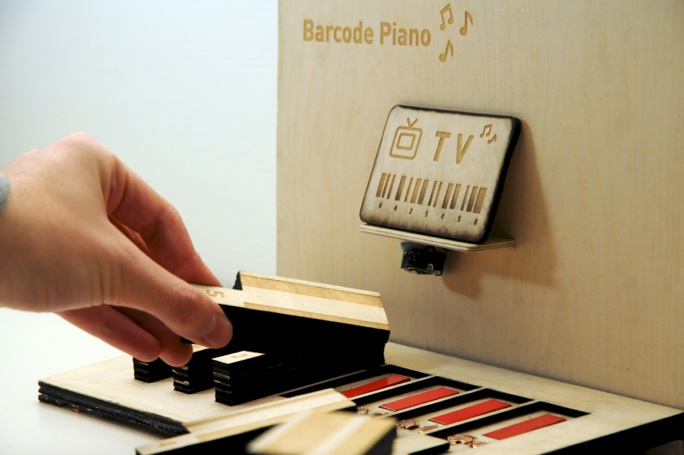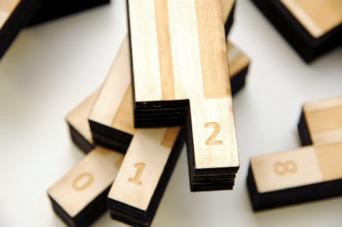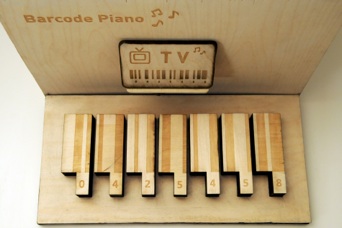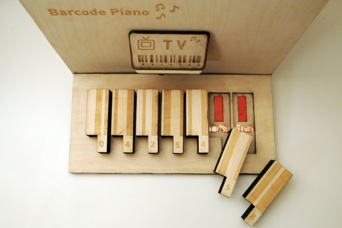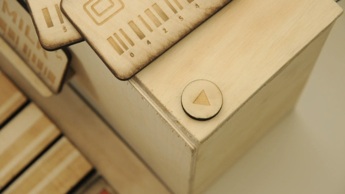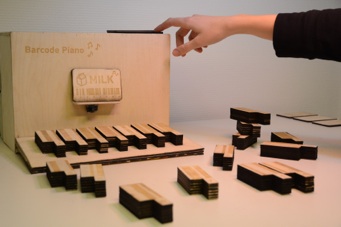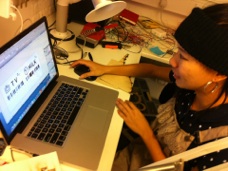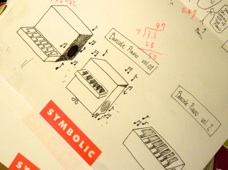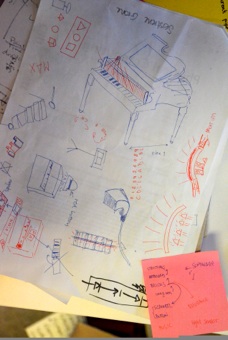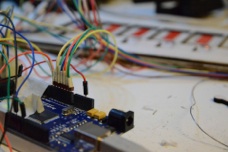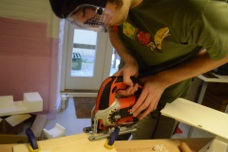The Barcode Piano is a music instrument and a toy for children to explore and understand the essential principles behind barcodes. Barcodes are unique information holders and can be used to identify entities such as mail, products or patients by reading the unique information embedded in the barcode’s numbers and lines.
The Barcode Piano invites children to explore the concept of barcodes through a tangible interface consisting of a board, bricks, a button and sounds inspired by the piano as a metaphor. By combining the different barcode bricks, children can copy barcodes and listen to their unique tunes. Each brick will play a unique tone creating new tunes every time a complete barcode is put into place on the Barcode Piano.
The Barcode Piano has been published on vol. 16 of MetaTrend and has been featured on an incredible number of website: Gizmodo, Business Insider, Unplggd, NotCot, HelloCotton, DesignSpotter, Das Kraftfuttermischwerk, Technology.am, ObsessedArtist, and many others. Also, hundreds of people have tweeted about it.

